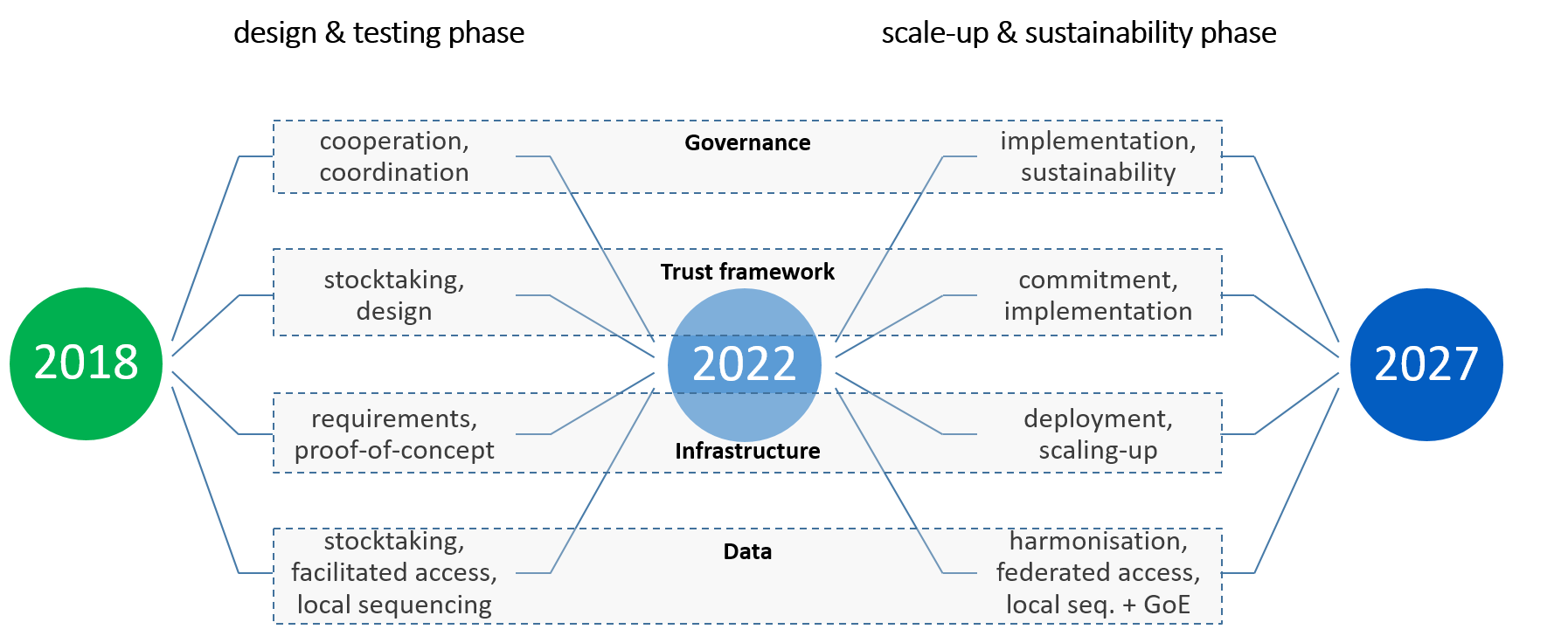The US state of Nevada suffers from frequent traffic accidents on highways, which often result in heavy economic and human losses. In order to overcome this challenge, Several government traffic management agencies in Southern Nevada have implemented a pilot program that employs artificial intelligence and predictive technologies to help reduce the number of highway collisions.
Traffic accidents cause heavy losses such as damage to property and infrastructure, and increasing the burden on medical care institutions, In addition to disrupting productivity and business flows. These losses in the United States exceed $75 billion, according to the latest reports from the Department of Health. In Nevada alone, Traffic accidents and collisions cost nearly half a billion dollars in 2018. Especially since it contains the city of Las Vegas, which is one of the active and busy cities in the state. To reduce the number of accidents, In 2016, the federal government launched an initiative that aims within 30 years to end road accidents that result in deaths.
In response to this initiative, Three local government agencies in Nevada worked on a pilot program in 2020 that adopts artificial intelligence algorithms to improve traffic in the state. This cooperative program included the Highway Patrol Division of the State Department of Public Safety, and the Southern Nevada Regional Transportation Commission, transport management, Participation from Waycare, which develops smart traffic management solutions. The main objective of this program is to reduce collisions by 5% in the most vulnerable locations for serious accidents. Monitor the impact of preventive measures on the behavior of drivers and the speed of vehicles.
The Nevada program's starting point was the identification of locations most vulnerable to traffic accidents on the highway. Accordingly, the program authorities have chosen suitable locations on the road shoulder for the construction of platforms that facilitate strategic police positioning. Consequently, the traffic police car would be visible when attempting to slow down speeding cars.
On the other hand, The team has developed a special algorithm capable of making recommendations by analyzing the data it receives from three sources, They are: traffic, speed sensors that have been placed, and vehicles connected via IoT technologies. Through this data, The team was able to provide periodic recommendations clarifying the locations and time periods that are exposed to a higher percentage of accidents, thus contributing to the prioritization of traffic police patrols. Accordingly, The Road Patrol Section sent its personnel to those locations in shifts of two to three hours, And at different times.
Within the program, electronic badge plates were also used in conjunction with the presence of the traffic police to display messages alerting drivers to the presence of patrols in the place. He urged them to gradually slow down before crossing in front of the patrol, To avoid accidents that may result from sudden speed reduction at high-risk traffic crossings.
During the trial period from February to December 2020, The team behind the program assessed the impact of those preventive measures taken. It is worth mentioning that the team faced challenges in this area following the circumstances imposed by the COVID-19 pandemic, The results of the experiment could not be compared with the 2019 traffic data. On the other hand, the team evaluated the impact of the experiment monthly and monitored any differences caused by the presence of traffic police patrols on traffic movement and safety. During the trial period, 15 periodicals were published in different locations and 828 working hours were recorded.
For comparison, A total of 128 incidents were detected during the analysis period at selected crossings in periods without preventive action; During the same time frame, there were 83 incidents during police patrols. Over the course of the program, The study found that there was an 18% reduction in collisions along the crossings selected in the experiment. In addition, the percentage of vehicles that exceeded the speed limit decreased by 43% during periods when preventive measures were in place.
In addition to the gains that reflected positively on traffic safety, The study also showed that the program had a 16-fold return on initial investment. It resulted in significant economic savings, totaled about US$3 million, Most of them were to protect property and infrastructure from damage, saving medical costs for accidents, Avoid production losses caused by delays in travel and transportation of goods.
References:
- https://waycaretech.com/wp-content/uploads/2021/06/Road-to-Zero-White-Paper.pdf
- https://www.prweb.com/releases/collaboration_in_southern_nevada_between_law_enforcement_and_traffic_operations_leverages_waycares_predictive_ai_reducing_speeds_and_crashes_in_select_corridors/prweb17948085.htm
- https://www.cdc.gov/transportationsafety/pdf/statecosts/2020/CDC-Cost-of-Crash-Deaths-Fact-Sheets_Nevada.pdf






